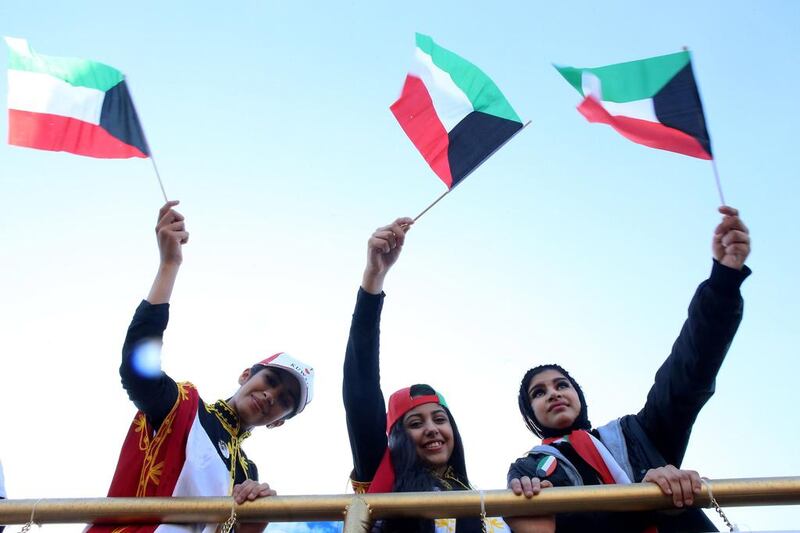Standard & Poor's affirmed its AA/A-1+ ratings for Kuwait, the Arabian Gulf's third biggest oil producer, on the back of an expected return to GDP growth of around 2.5 per cent in 2018 thanks to rising oil prices.
The ratings agency forecast Kuwait’s growth will average around 3 per cent over 2019-2021 on the back of rising oil production and investment projects, it said in a statement on Saturday, affirming the country’s outlook as 'stable'.
“The stable outlook reflects our expectation that Kuwait's public and external balance sheets will remain strong over the forecast horizon, backed by a significant stock of financial assets,” S&P said.
“We expect these strengths to offset risks related to lower oil prices, Kuwait's undiversified economy, and rising geopolitical tensions in the region.”
Falling hydrocarbon revenues – which account for around 90 per cent of Kuwait’s fiscal receipts – have severely impacted the country’s economy since oil prices began their downward slide in 2014. The country’s compliance with oil production cuts under an Opec-non-Opec pact had "weighed" on its growth through 2017.
S&P anticipates Kuwait’s oil output to rise to over three million barrels per day (bpd) by 2021 from its current level of 2.7 million bpd.
Moderately high oil prices expected this year, along with a broad public investment programme, is expected to support growth momentum over the forecast period, the agency added.
_______________
Read more:
Kuwait inflation set to hit multi-year low of 1.75%, IMF says
Kuwait to need $100bn financing over next five years, IMF says
_______________
Gradual fiscal consolidation meanwhile is expected through to 2020 with likely introduction of spending caps and value added tax in 2019.
S&P expects a fiscal surplus of 8 per cent of GDP in the year ending March 31 2018, widening to 13.7 per cent of GDP in the fiscal year 2021-22 on the back of recurrent investment income.
The central government is expected to post a deficit of 16 per cent for the current fiscal year. S&P does not classify income from the Kuwait Investment Authority’s assets as income, and counts the 10 per cent contribution of government revenues to the Future Generations Fund as expenses.
Attempts to diversify Kuwait’s economy have been scuppered by frequent changes of government, and the requirement of parliamentary consent to approve large-scale foreign investment across all industries.
Kuwait Petroleum Corporation, the state-owned oil and gas company announced a spending plan of $508 billion last week, of which $114bn will be invested in capital projects over the next five years and the remainder by 2040. The spending announcement, which came after oil climbed to $70/barrel is one of the biggest regionally.
Projects such as the the Al-Zour North Phase Two power plant, associated with the upcoming 600,000 bpd refinery and expected to be re-tendered early 2018 will spur growth in the non-oil sector and push for more private-sector growth, noted S&P.







